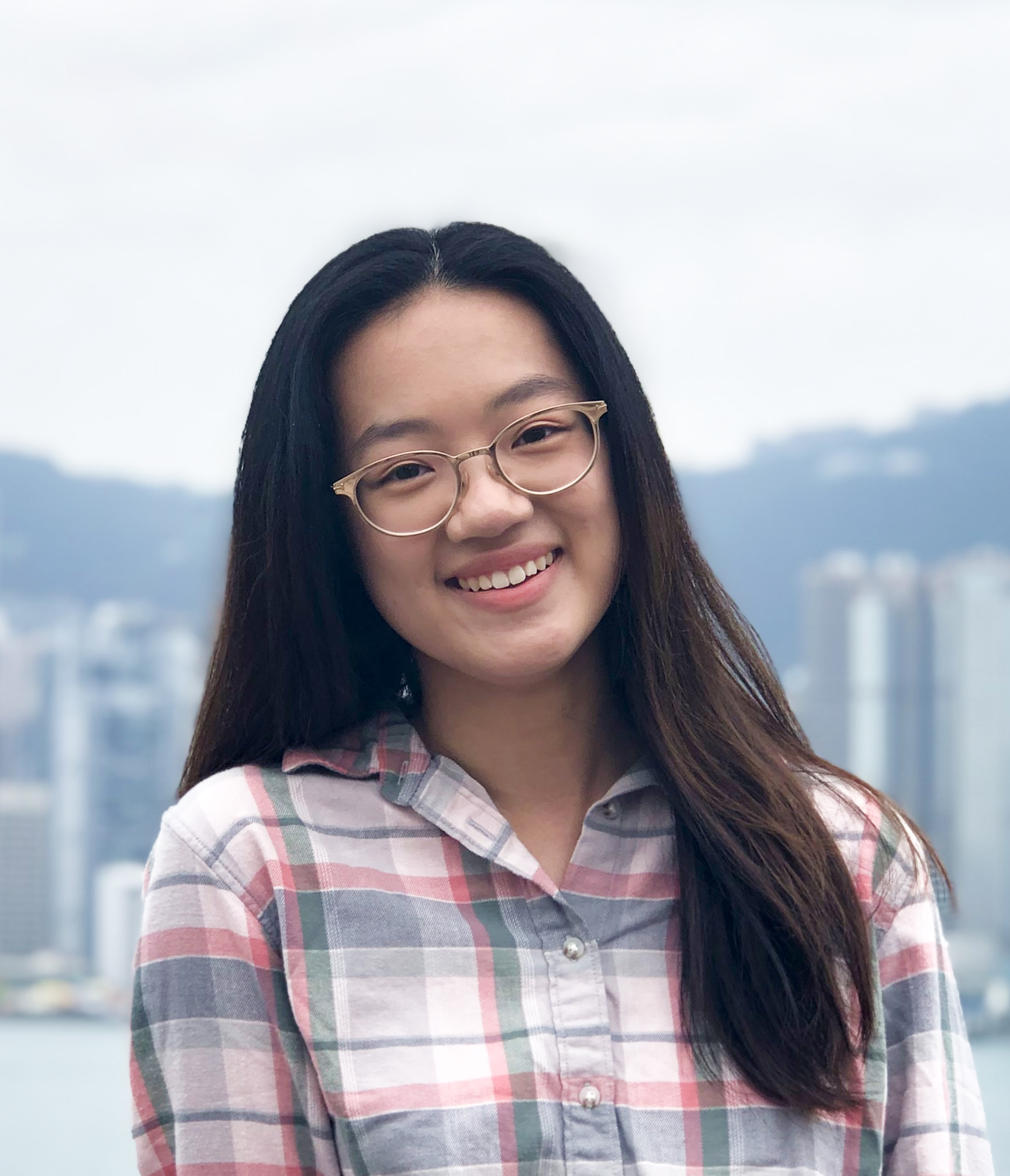"I am extremely lucky to be “stuck” in Taiwan during this time. On Jan. 21, Taiwan reported its first coronavirus case during the Lunar New Year break. In the blink of an eye, I saw the entire country strengthen its infrastructure for conveying information to its people.
President Tsai Ing-wen’s (蔡英文) social media team upped its game, and I quickly followed her Instagram account to see her quirky and fun posts so that I could stay up-to-date about the pandemic. I also friended Taiwan’s Centers for Disease Control (CDC) account on Line, a popular messaging app in Taiwan. Every day, I get messages that include a link to the CDC’s daily coronavirus news conference, graphics on Taiwan’s case totals, and information on how to buy my mask rations. (I can get nine surgical masks every two weeks under the National Health Insurance program for US$1.50.)
By the time classes resumed in late February (after a two-week delay), the Ministry of Education established new school health guidelines, including contingency plans if a student or a teacher got infected.
On my first day back, schools immediately questioned me along with everyone else about our travels during the break. In both elementary schools that I taught at, administrators established their own school policies, changing classroom configurations, prohibiting group projects and making staff eat lunches at their desks instead of gathering together.
As of April 30, Taiwan had five consecutive days of no new reported cases to its total of 429 cases and six deaths. Even with the low number of cases, I have witnessed increased caution in the general public. Families were choosing to eat at home instead of at restaurants.
Even in comparatively rural Yunlin County, where only five cases were reported, the majority of residents still wear masks outside their homes. I was — and still am — immensely grateful that everyone was careful and meticulous to prevent new infection clusters."
President Tsai Ing-wen’s (蔡英文) social media team upped its game, and I quickly followed her Instagram account to see her quirky and fun posts so that I could stay up-to-date about the pandemic. I also friended Taiwan’s Centers for Disease Control (CDC) account on Line, a popular messaging app in Taiwan. Every day, I get messages that include a link to the CDC’s daily coronavirus news conference, graphics on Taiwan’s case totals, and information on how to buy my mask rations. (I can get nine surgical masks every two weeks under the National Health Insurance program for US$1.50.)
By the time classes resumed in late February (after a two-week delay), the Ministry of Education established new school health guidelines, including contingency plans if a student or a teacher got infected.
On my first day back, schools immediately questioned me along with everyone else about our travels during the break. In both elementary schools that I taught at, administrators established their own school policies, changing classroom configurations, prohibiting group projects and making staff eat lunches at their desks instead of gathering together.
As of April 30, Taiwan had five consecutive days of no new reported cases to its total of 429 cases and six deaths. Even with the low number of cases, I have witnessed increased caution in the general public. Families were choosing to eat at home instead of at restaurants.
Even in comparatively rural Yunlin County, where only five cases were reported, the majority of residents still wear masks outside their homes. I was — and still am — immensely grateful that everyone was careful and meticulous to prevent new infection clusters."
Read the full article Why I didn’t return home to US @ Taipei Times


